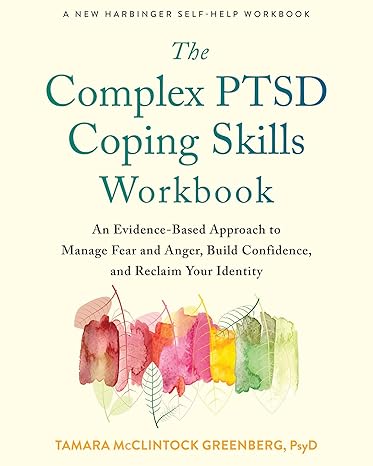Post-Traumatic Stress Disorder (PTSD)
Post-Traumatic Stress Disorder is an anxiety disorder that a person may develop after being exposed to a terrifying event or ordeal in which serious physical harm occurred or was threatened. Events that may trigger PTSD include: violent personal assaults, natural or human-caused disasters, accidents, or military combat.
People who have PTSD may feel stressed or frightened even when they’re no longer in danger. They may have flashbacks, nightmares, and frightening thoughts. They may also avoid places, events or objects that remind them of the traumatic event. Some people may feel emotionally numb, while others are edgy. People with PTSD may also have feelings of guilt and worry, lose interest in activities they previously enjoyed, or have trouble remembering the traumatic event.
Source: National Institute of Mental Health
From Our Collection
PTSD Treatments
The most common treatments available for people with PTSD are psychotherapy (“talk therapy”), medications, or a combination of the two. Some people may need to try different treatments to find what works for their symptoms. If there are co-occurring disorders or problems—such as substance abuse, or depression—or if the person is in an abusive relationship, all of the problems need to be treated. It is important to work with an experienced mental health care provider who specializes in treating people with Post-Traumatic Stress Disorder.
Help is Available.
Call 988 or text HOME to 741741 if you need to talk to someone. Dial 911 if you have an emergency.
Locate a Treatment Facility
Screening Tools
Apps
iChill
A free app that teaches six wellness skills from the Trauma Resiliency Model (TRM)® and Community Resiliency Model (CRM)® to help you manage sensations associated with trauma and stress, enhancing your well-being.
Learn MoreVA Mobile Apps | National Center for PTSD
Find a variety of apps for self-help, education, and support following trauma, as well as treatment companion apps for use with a health care provider, to make treatment easier.
Learn more on the VA website.
Research & Data
- Epidemiology and Impact of PTSD - National Center for PTSD
Estimates of the prevalence of PTSD depend on both sample characteristics and study methods.
- Interventions for the Prevention of Posttraumatic Stress Disorder (PTSD) in Adults After Exposure to Psychological Trauma
- Post-Traumatic Stress Disorder Among Adults - NIMH
Statistics on prevalence of PTSD, use of treatment/services, and demographics.
Fact Sheets
Videos
Podcasts
Trainings
Invisible Wounds of Service: PTSD, TBI, and Moral Injury (SAMHSA) - National Center for PTSD: Continuing Education
- National Child Traumatic Stress Network: Learning Center
- PTSD | Brain Health & Wellness Learning Series (Psych/Armor)
- Why are We So Confused by Angry, Traumatized Youth? Challenges to Diagnostic and Treatment Specificity in Youth with Complex Trauma (Yale)
Curricula & Lesson Plans
- Acceptance and Commitment Therapy for PTSD
From the VA
- PTSD Recovery Program: Therapist Manual
From the VA
- PTSD Recovery Program: Treatment Manual
From the VA




